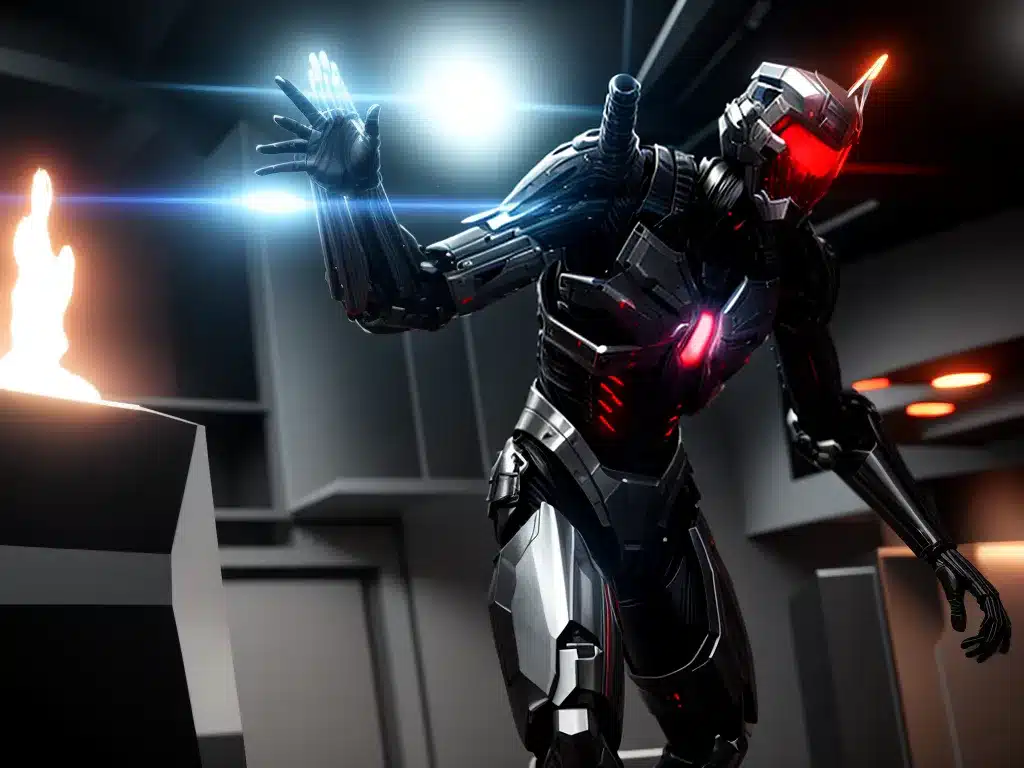Introduction
Unreal Engine 5 (UE5) was released in early access in April 2022 by Epic Games. As the latest version of their popular game engine, UE5 brings a wealth of new features that point towards an exciting future for interactive media. In this article, I’ll explore UE5 in depth and look at how it could shape the next generation of video games, films, and beyond.
Key Features of Unreal Engine 5
UE5 introduces two major new features – Nanite and Lumen – that enable photorealistic graphics in real-time.
Nanite
Nanite allows developers to import extremely detailed 3D models with millions or billions of polygons and render them directly in-game without simplification. This removes the need for time-consuming optimization of 3D assets. Nanite is a potential game-changer for replicating cinematic visual quality in real-time games.
Lumen
Lumen enables dynamic global illumination and reflections in scenes. This means lighting can adapt on the fly to changes in the environment. For example, light will realistically bounce and change as objects are moved. Lumen removes the need for time-consuming pre-baked lighting, opening up new possibilities for dynamic and interactive scenes.
Together, Nanite and Lumen minimize compromises between graphical fidelity and performance – helping UE5 power cinematic quality visuals in real-time with scalable performance.
UE5 in Next-Gen Games
UE5 has already been announced for high-profile next-generation games. Epic’s own Fortnite will transition to UE5 in late 2021, bringing Nanite and Lumen to the popular battle royale title. CD Projekt Red will also use UE5 for the next Witcher game following Cyberpunk 2077.
With its emphasis on cinematic visuals, UE5 seems well suited for single-player, narrative driven games. The new graphical capabilities could help story-focused games like the Witcher series achieve unprecedented fidelity. Ray tracing features will also add greater realism through effects like accurate reflections.
However, some multiplayer games may need to balance visual quality versus high frame rates and performance. Competitive shooters, for example, may value high FPS over fully utilizing UE5’s graphical features. There are also questions around UE5’s scalability across platforms, especially mobile and Nintendo Switch.
Film, Animation & Beyond
While currently aimed at games, UE5’s capabilities could eventually support high-end animated films. Nanite even allows importing film-quality assets directly from programs like ZBrush. This could minimize workflow barriers between games and animated movie pipelines.
There’s also potential for emerging areas like virtual production. UE5’s real-time rendering and ability to link to external cameras could support new workflows for TV and film production. Directors can visualize CG backgrounds and characters composited live with filmed actors.
The Future with UE5
UE5 continues Epic’s push towards more cinematic, high-fidelity experiences in real-time interactive media. While questions remain around performance and scalability, UE5 presents an exciting vision for the future of games and visual media. The availability of its features to developers big and small could democratize access to cutting-edge production values.
The roadmap for UE5 aims even higher – eventually adding metahuman digital character creation, AI-assisted tools, and fully dynamic worlds. If Epic delivers on this vision, UE5 could enable unprecedented freedom and fidelity for interactive storytelling and experiences. The next decade of games and visual media stands to be shaped significantly by its capabilities.













